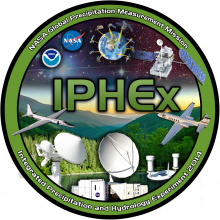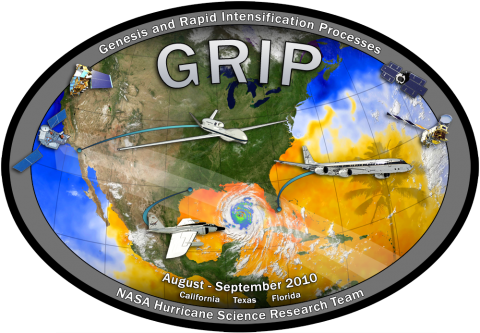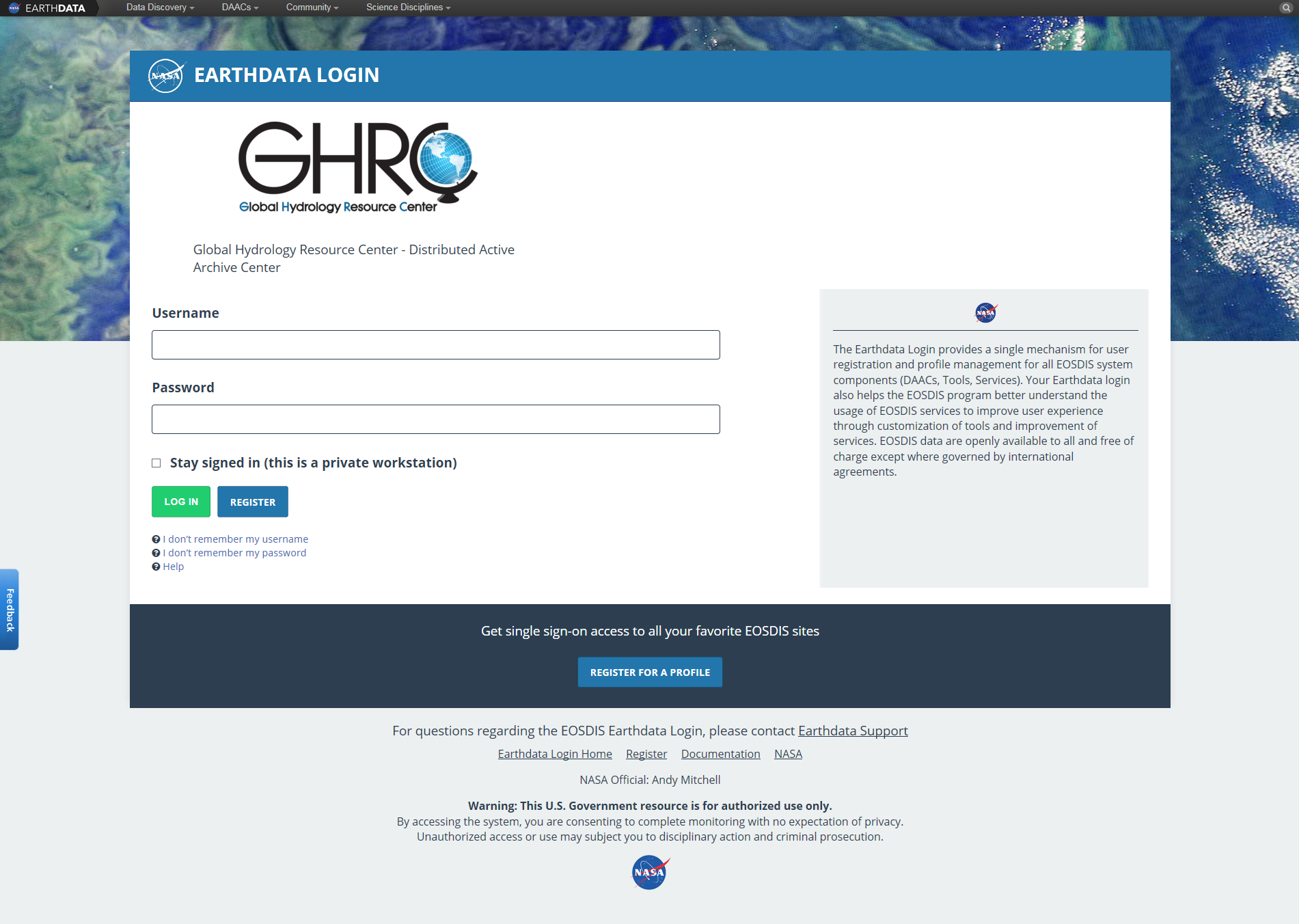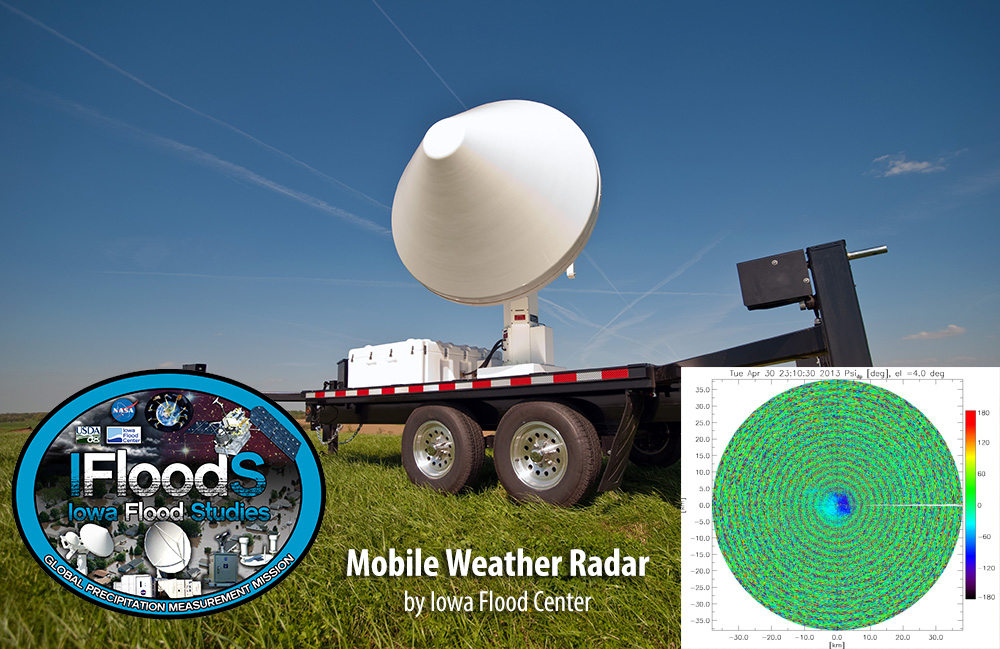
GHRC DAAC staff have published three additional datasets from the Global Precipitation Measurement (GPM) Ground Validation (GV) Integrated Precipitation and Hydrology Experiment (IPHEx), which took place April – June 2014, in the Southern Appalachians, spanning into the Piedmont and Coastal Plain regions of North Carolina:
GPM Ground Validation Citation Videos IPHEx (DOI: http://dx.doi.org/10.5067/GPMGV/IPHEX/CAMERA/DATA101) – Videos taken from the University of North Dakota Citation II aircraft. Videos have been sped up 12.5 times the original speed and are broken into smaller files of about 3.5 minutes (45 minutes actual time) each.
GPM Ground Validation ER-2 X-band Radar (EXRAD) IPHEx (DOI: http://dx.doi.org/10.5067/GPMGV/IPHEX/CAMERA/DATA101) - EXRAD is a single-frequency X-band Doppler radar that flew on NASA’s ER-2 aircraft measuring reflectivity and Doppler velocity.
GPM Ground Validation NASA S-Band Dual Polarimetric (NPOL) Doppler Radar IPHEx (DOI: http://dx.doi.org/10.5067/GPMGV/IPHEX/NPOL/DATA101) - The NPOL Doppler Radar scanned in high-resolution Plan Position Indicator (PPI), Range-Height Indicator (RHI), and PPI Sector (PPS) scan modes and provided measurements of precipitation in liquid, mixed, and ice phases.












